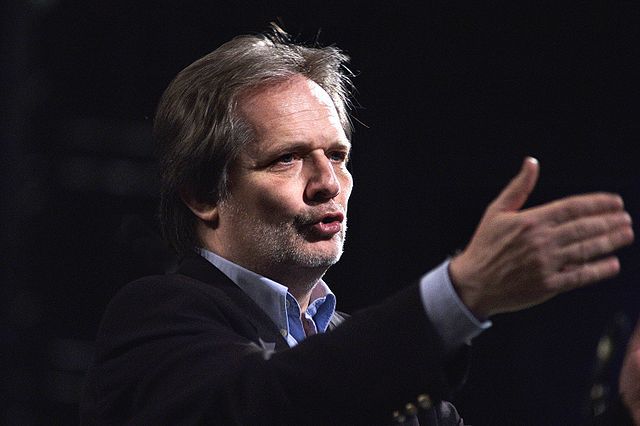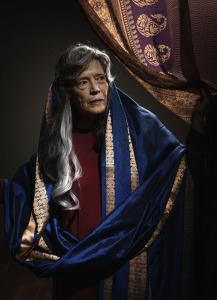
Peter Eötvös foto Istvan Huszti
On October 19, Peter Eötvös will conduct the Royal Concertgebouw Orchestrain the Dutch première of his organ concerto Multiversum, that was commissioned by the ensemble. His brand new composition is flanked by György Ligeti’s ground breaking Atmosphères and Claude Vivier’s Orion.
TransylvaniaThe Hungarian composer and conductor Peter Eötvös (Székelyudvarhely, 1944) was born in Transylvania. Yet, towards the end of the Second World War his family fled to the West for the advancing Russian army. They reached Dresden on the very day it was bombed: “My family survived, however”, says Eötvös, “and hereafter we returned to Hungary, where I grew up.”
Transylvania has a long history of now belonging to Hungary, then again to Romania, and has a rich music tradition. “My musical mother tongue is formed by Bartók, Ligeti and Kurtág,” he says. “It is striking that they, like me, are from Transylvania. There a very particular way of thinking prevails, an idiosyncratic type of expression. I feel much closer to them than to the thoroughbred Hungarian Zoltán Kodály.”
Eötvös also worked closely with avant-gardists such as Karlheinz Stockhausen and Pierre Boulez. He soon became one of the most important conductors of contemporary music and was conductor of the renowned Ensemble Intercontemporain for many years. As a composer he made his name with opera’s based on theatre plays, such as Anton Tchechov’s Three Sisters, and Jean Genet’s Le Balcon.
Concert organ and Hammond organIn 2006 he composed the piano concert CAP-KO for the Royal Concertgebouw Orchestra. In this, the soloist not only plays a concert grand piano but also a midi keyboard that complements each played note with another.
In Multiversum, Eötvös also focusses on two related instruments: a concert organ and a Hammond organ. It was inspired by his “lifelong fascination for the cosmos. In recent decades, revolutionary discoveries have been made. Most importantly, the concept of the multiversum: beside the visible universe there are many parallel universes.”
Musical and cosmic vibrations“According to the string theory, everything in the cosmos is moving on both a macro and micro level, just like music, which comes to life through vibration. I see a strong relationship with musical polyphony, in which multiple voices are layered in various ways.
In Multiversum the sound of the concert organ comes from the front. The Hammond organ is also on stage, but its sounds reach us through loudspeakers placed around the hall. In between we hear the orchestra. Thus I create a musical “cosmos” around the audience.”
Inflatable planetariumThe concert is part of the Horizon series, which focuses on the relation between science and music. Vincent Icke speaks about the string theory before the performance of Multiversum; graphic artist Jaap Drupsteen shows visualizations. Students from the University of Amsterdam present an inflatable planetarium.
Afterwards, in Entrée Late Night, chamber music is performed by musicians of the Royal Concertgebouw Orchestra, including the new ‘parallel world [breathing]’ of the Dutch composer and poet Rozalie Hirs.
Info and tickets: https://www.concertgebouw.nl/concerten/concertgebouworkest-horizon-multiversum/19-10-2017 The piece of Rozalie Hirs will be premièred on 7 October Multiversum will be repeated on 20 October Advertisements Share this:




